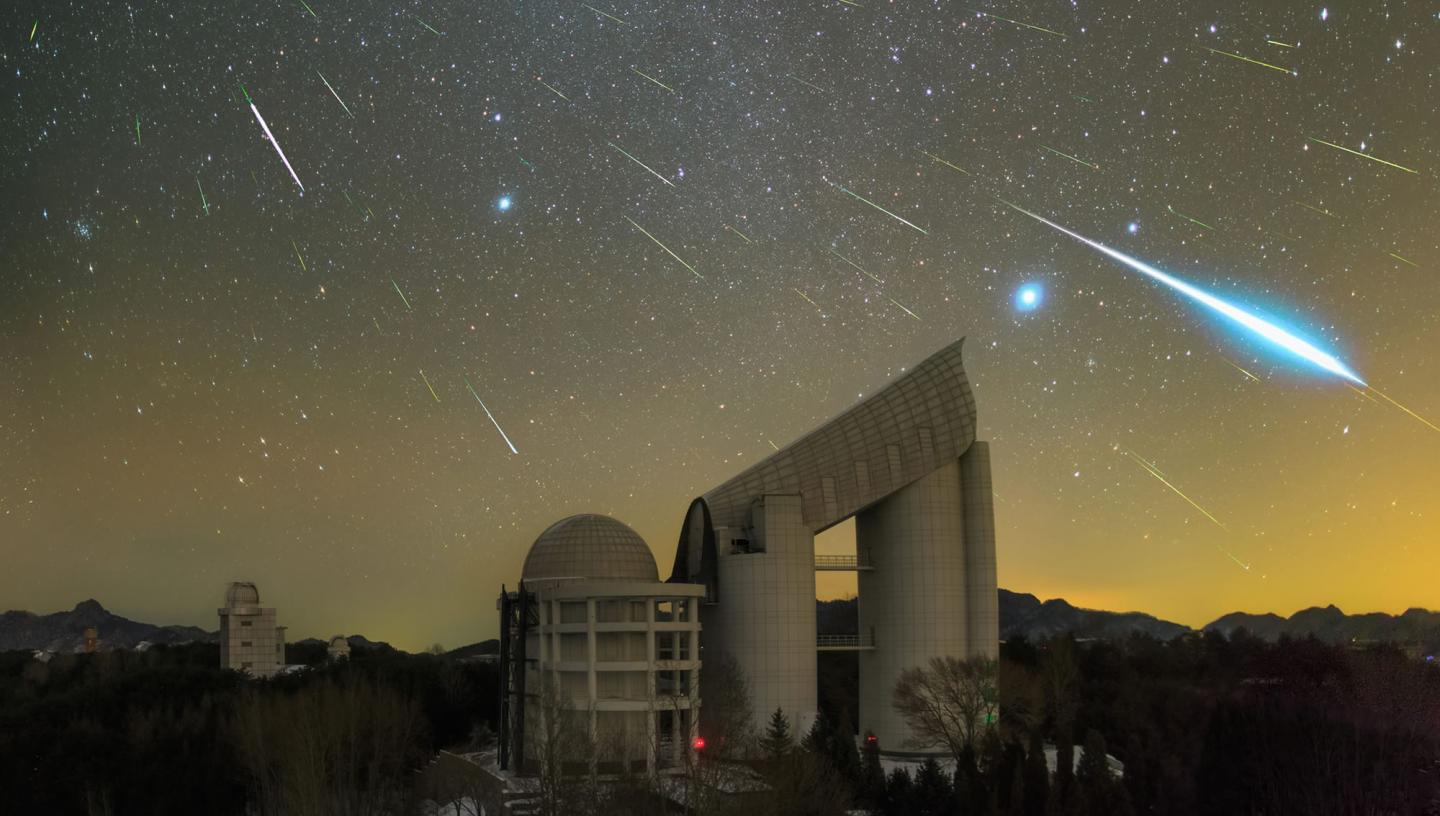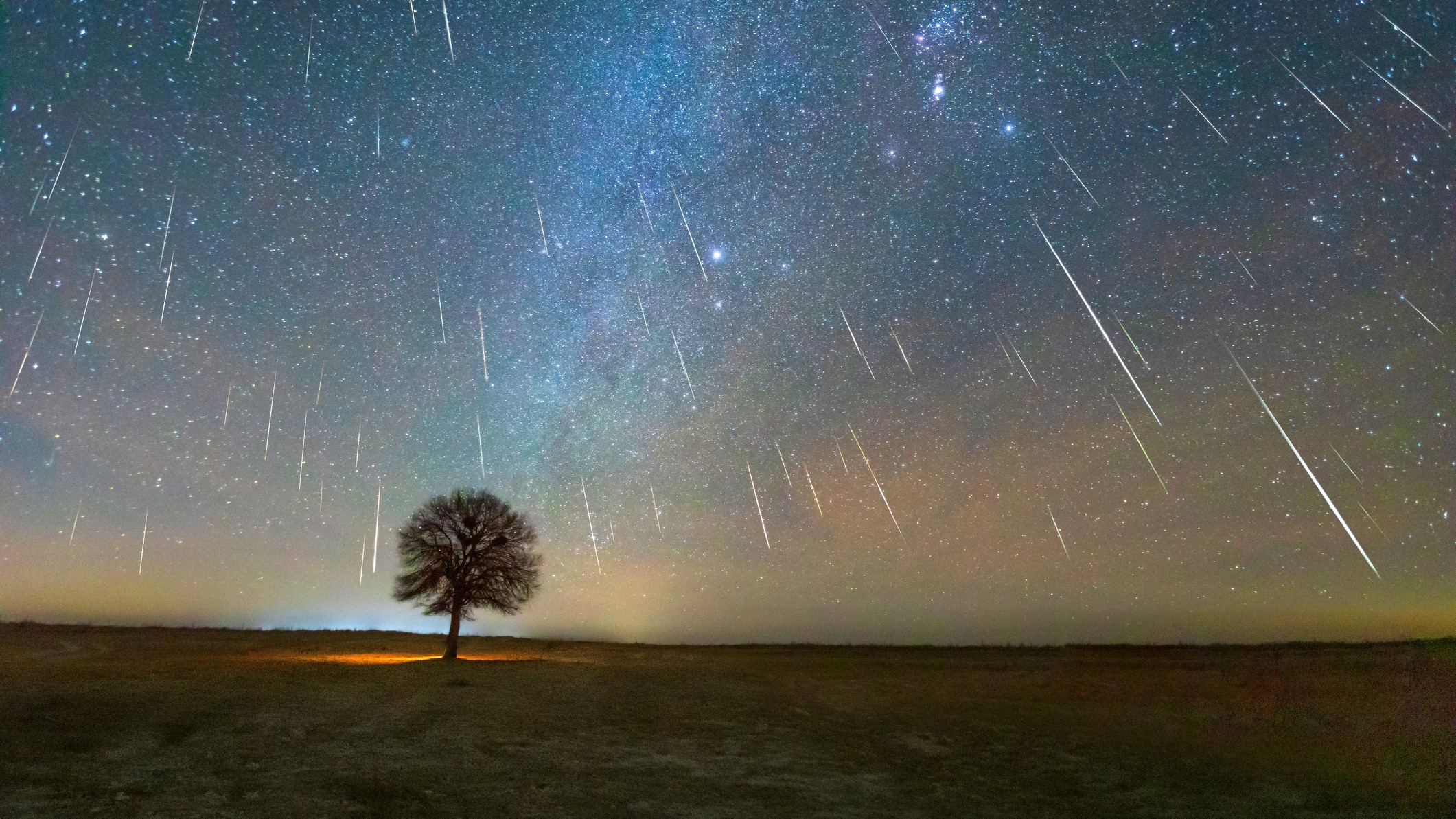Geminid Meteor Shower 2024: The Grand Finale of Celestial Fireworks
Hey there, stargazers! As the year winds down and the holiday season approaches, we’re treated to one last spectacular celestial event: the Geminid meteor shower. Consider it Mother Nature’s own dazzling fireworks display to cap off 2024, a cosmic finale you won’t want to miss. This year, the Geminids promise to be particularly special, so let’s dive into everything you need to know to make the most of this incredible astronomical phenomenon.

Understanding the Geminid Magic: What Causes This Shower?
Unlike most meteor showers that originate from comets, the Geminids have a rather unique parent: an asteroid named 3200 Phaethon. Now, this isn’t your average space rock. Scientists believe Phaethon is a "rock comet," meaning it exhibits characteristics of both asteroids and comets. It’s thought that Phaethon sheds dust and debris as it orbits the sun, leaving a trail of rocky particles in its wake.
As Earth passes through this debris field every December, these particles – some as small as grains of sand, others as large as pebbles – collide with our atmosphere at incredible speeds. This high-speed entry creates friction, causing the particles to burn up, producing the streaks of light we know and love as meteors. The "Geminid" name comes from the radiant point, the point in the sky from which the meteors appear to originate, which lies within the constellation Gemini.
When and Where to Catch the Show: Timing is Everything

Mark your calendars! The Geminid meteor shower peaks in mid-December, usually around December 13th or 14th. However, you can still catch a good show in the days leading up to and following the peak. The best viewing times are generally after midnight and before dawn, when the constellation Gemini is high in the sky. This is when you’ll have the best chance of witnessing the most meteors.
Remember, finding a dark location is crucial for optimal viewing. Light pollution from cities significantly reduces the number of meteors you can see. Head out to the countryside, a national park, or even a less-lit area on the outskirts of your town. The darker the sky, the more meteors you’ll be able to spot.
How Many Meteors Can We Expect? A Spectacle of Light
During the peak, under ideal dark-sky conditions, you could potentially see anywhere from 100 to 150 meteors per hour! That’s a lot of shooting stars! However, this number is an ideal; the actual number you see will depend on several factors, including light pollution, weather conditions, and your own observational skills. Even seeing a handful of Geminids is a truly magical experience.
Remember that these numbers are for the peak. In the days leading up to and following the peak, you’ll still see a significant number of meteors, though at a lower rate.
Preparing for Your Geminid Adventure: Gear Up for a Cosmic Night

Watching a meteor shower is a wonderfully simple activity, but a little preparation can make all the difference. Here’s what you’ll need:
- A Dark Location: This is the most important factor. Escape the city lights!
- Warm Clothing: December nights can be chilly, even if the day was mild. Dress warmly in layers.
- A Comfortable Spot: Bring a blanket, camping chair, or something else to relax on. You’ll be looking up for a while!
- Patience: Meteor showers aren’t like a movie; there are moments of waiting between meteors. Relax and enjoy the night sky.
- A Red Flashlight: A red light preserves your night vision better than a white light. If you need to consult a star chart or check your phone, use a red light.
- Optional: Binoculars or a Telescope: While not necessary, binoculars can enhance your viewing experience, allowing you to see fainter meteors. A telescope isn’t really recommended for meteor showers as their wide field of view is better suited for this.
- Hot Chocolate (optional but highly recommended!): Nothing beats a warm drink on a cold night while watching shooting stars.


Beyond the Geminids: Understanding Meteor Showers
The Geminids are just one of many meteor showers that grace our skies throughout the year. Each shower is associated with a different comet or asteroid and has its own peak viewing time. Some of the other notable meteor showers include: